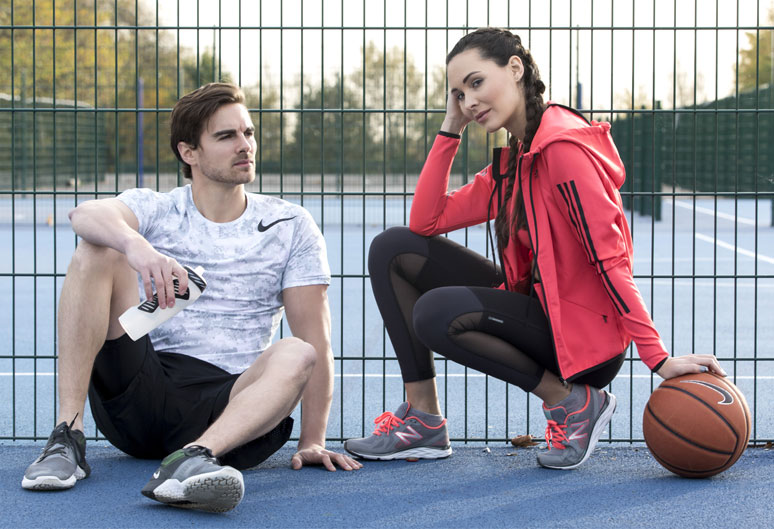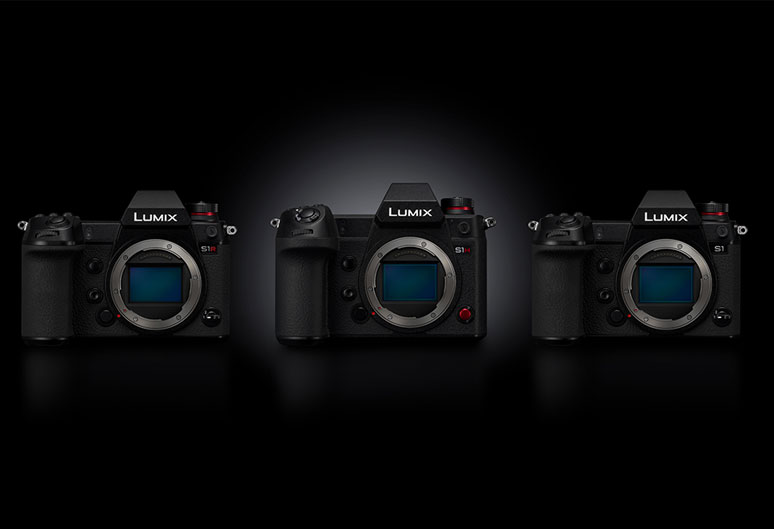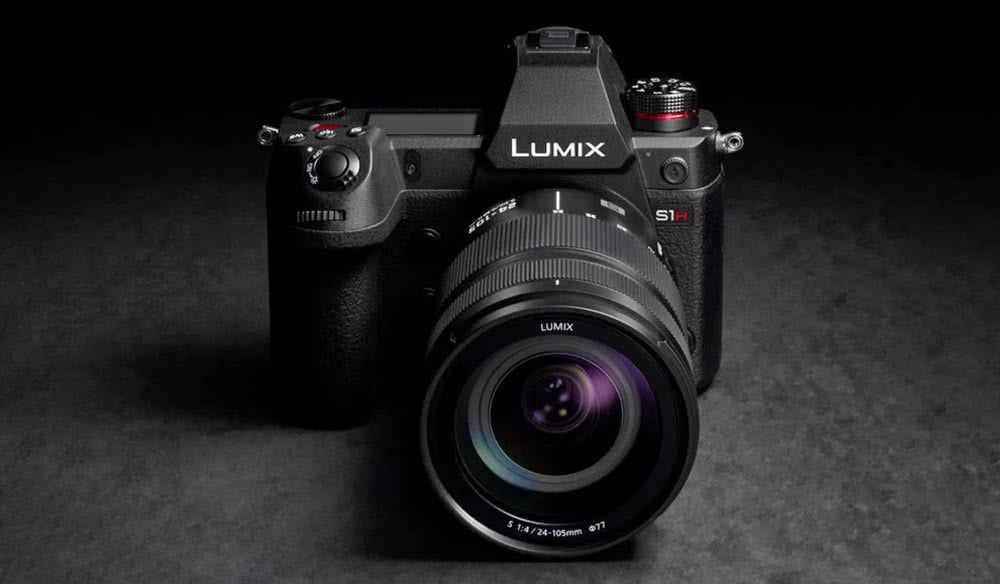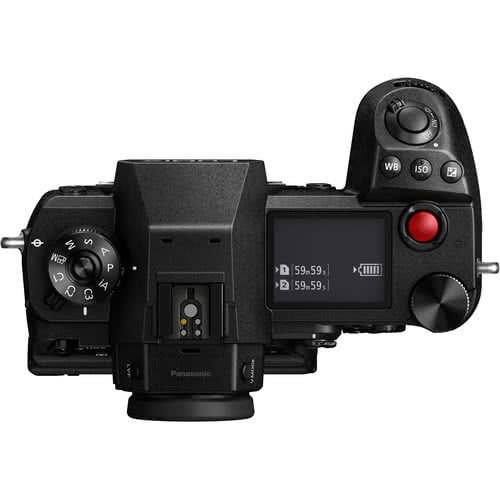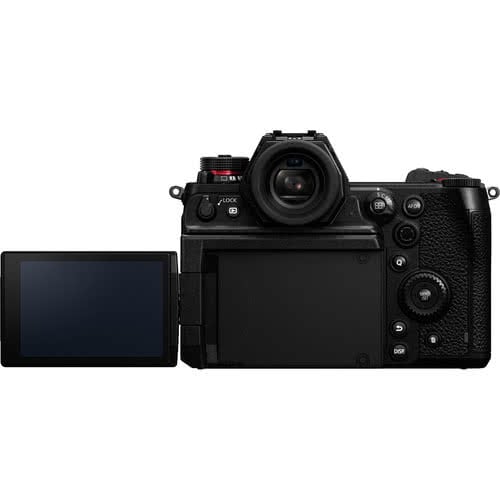Shooting portraits, travelling the world, capturing sports stars at the peak of their prowess – Nyla Sammons certainly keeps busy. A professional portrait and editorial photographer based in London, Nyla has been a regular face at Fixation for years and it’s always a pleasure to be updated on what’s going on with her latest projects.
Nyla was recently able to grab some time between shoots to chat to us for our latest ProFile feature. Read on to find out about photographing badass women, shooting the aftermath of the 2016 election in New York, and more…
 © Nyla Sammons
© Nyla Sammons
Thanks for talking to us, Nyla! What are you working on at the moment?
I am currently working with a variety of clients on exciting briefs, and have a few lifestyle and portrait photoshoots coming up – all very top secret at the moment. I am also excited to be working on part two of my project, ‘Tough Women in Sport and Adventure’, where I get to meet and photograph incredible women who have gone beyond the ordinary to push boundaries and break world records in the world of sports and adventure.
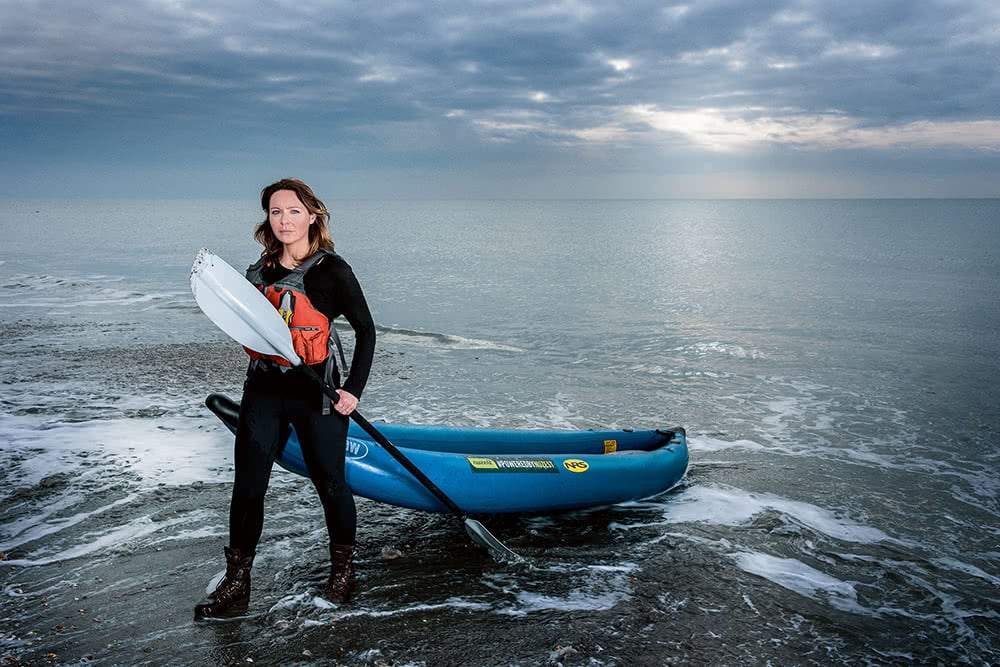 © Nyla Sammons
© Nyla Sammons
When did you decide that photography was the career for you? What was the tipping point?
I worked in PR and marketing for about five years and as part of my marketing job, I was asked to take photos of some of the events we coordinated in the stores. I realised very quickly how much I enjoyed the art of taking good photos.
I knew working in marketing wasn’t fulfilling me anymore, so I decided to quit my job and enroll in a beginners’ course in photography, where I learnt how to move from automatic settings to manual. This began my journey – it showed me how to get so much more creative with what I was photographing, and opened my eyes to what was possible.
Your ‘Tough Women’ project is fantastic – truly inspiring images. Can you talk us through how that all came together?
Thank you, it’s actually the personal project I am most proud of to date. I met an inspiring lady called Kiko Matthews back in 2017 and photographed her press shots. At the time she was attempting to break the world record in becoming the fastest person to row the Atlantic solo whilst also raising £100,000 for Kings College Hospital. We stayed in touch, became friends, and I continued to follow her journey. Then in March 2018 after 49 days at sea, she finally made it and broke the record – how unbelievably badass is that?
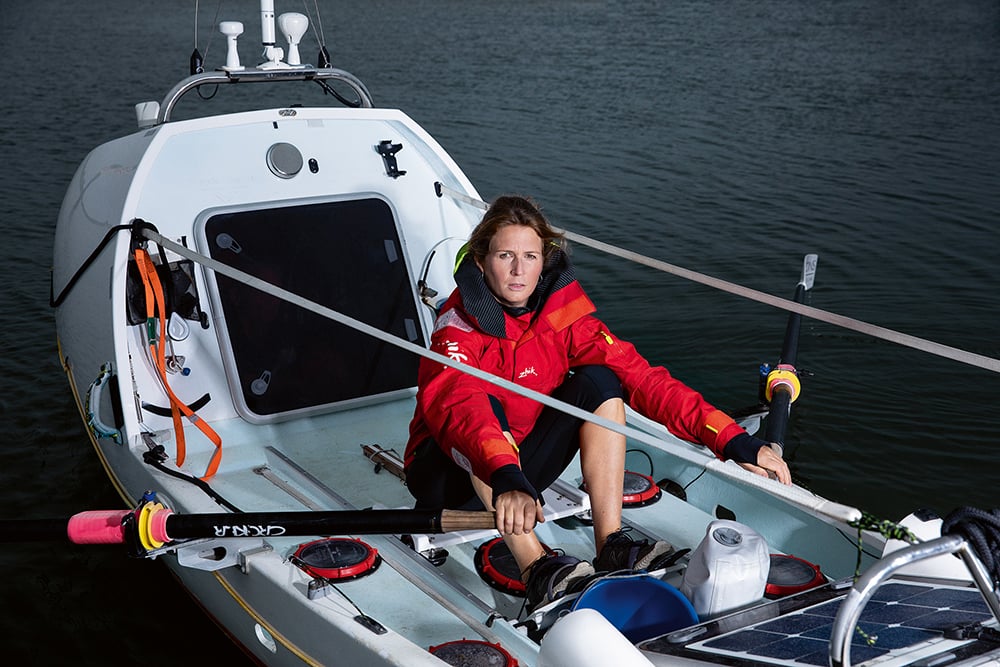 © Nyla Sammons
© Nyla Sammons
I was so inspired and moved by Kiko and what she had achieved, I decided I needed to share it with others. I got in contact with Kiko and asked if she wanted to be a part of my portrait series called Tough Women in Sport and Adventure. Her excitement at coming on board then led me to contact other inspiring women. I was so honoured that so many of these women I contacted said yes and were so enthused about being a part of the project.
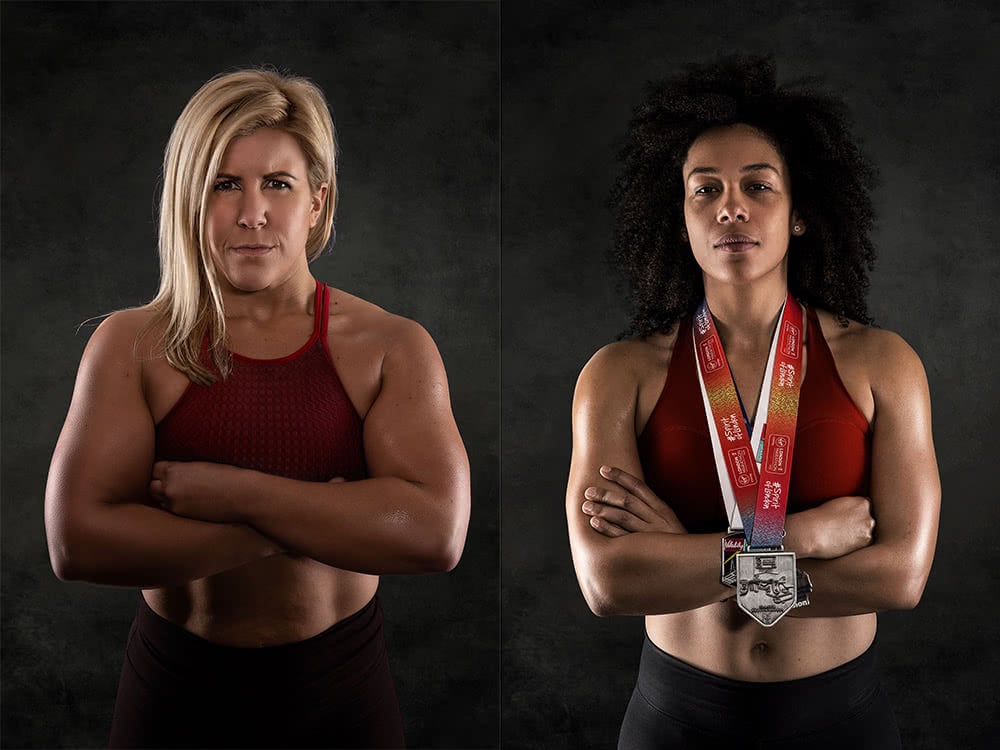 © Nyla Sammons
© Nyla Sammons
I photographed 10 women in total for the portrait series. I also contacted filmmaker Nathalie Baker and she did a great job in filming a short documentary to go alongside the photos.
For me, the project was about celebrating their achievements, showing the world what is actually possible, and inspiring other women and men.
Was there something specific you were hoping to capture or evoke with the Tough Women project? And do you feel you were successful?
I photographed the women in a studio environment where it was only them, with no distracting location, so people could really connect with them emotionally. I then photographed them in their natural environment, because I also wanted to tell their stories, bringing their passions into the frame.
The photos were exhibited in the beautiful Crossrail Place roof garden in Canary Wharf in March earlier this year, to coincide with International Women’s day, which felt hugely appropriate. My goal was to both celebrate the stories of these women and inspire other females to push themselves out of their comfort zones, seek out adventure, and ultimately live a more fulfilled life. I got a lot of great feedback from those that came to see the exhibition, as well as via social media; it was an incredible feeling to hear from women of all ages and from all walks of life about how inspired and empowered they felt by it.
I was also over the moon that Red Bull also featured the photographs and stories of these women online, to share with their readers.
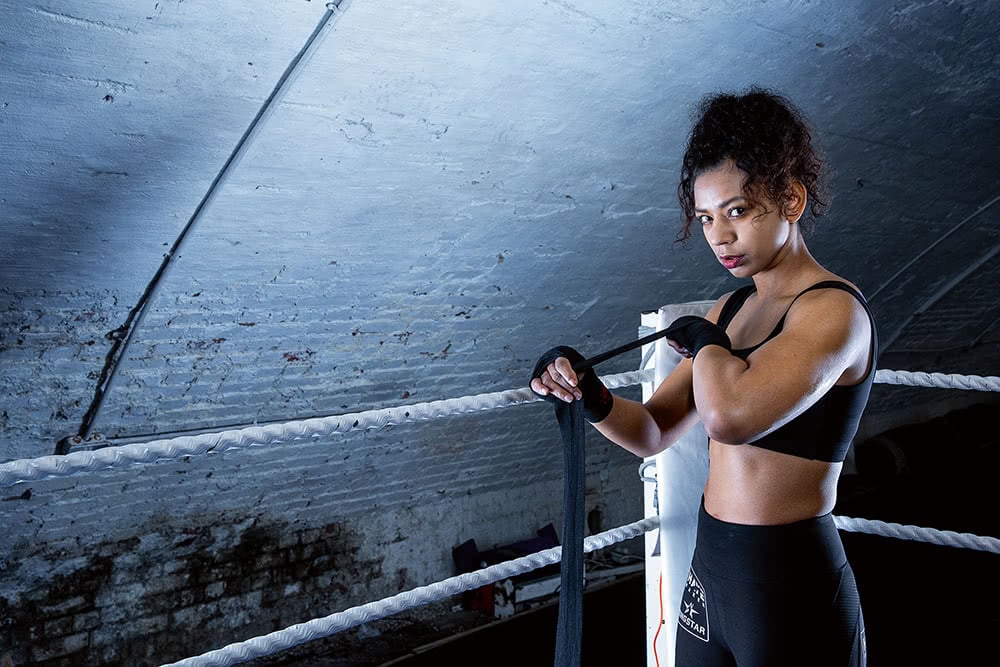 © Nyla Sammons
© Nyla Sammons
I notice one of your commissions on your site was photographing New Yorkers after the 2016 election for the Independent, which must have been an experience. Can you tell us what that was like?
I’ve visited New York a lot, but when I went in 2016 after the presidential election, where Donald Trump came into power, I felt a very different vibe. There was a sombre mood in most neighbourhoods and people didn’t seem as friendly as I once remembered. I voiced my concerns to an actress and tour guide Rachael McKinney, and we had an in-depth conversation where I learned first-hand how badly people were being treated as a result of the new President.
Rachael spoke of a friend of hers: Angel Ortiz, who spoke of an old Caucasian man who purposely threw his shoulder into him as he walked by, calling him a spic, and saying he couldn’t wait until they threw him over “The Wall”. This was just one of the many stories Rachael told me that brought tears to my eyes.
I wanted to share these stories and give those people of New York a voice. I felt more people should hear about what was really happening. I pitched the idea to the Independent in the UK, and thankfully they agreed!
Do you have a dream subject – something you’ve never photographed but would love to?
I have always had an interest in photographing forgotten tribes. I would love to meet them, live in their world for a bit and then document their lives. I have been watching ‘Walking the Himalayas’ with Levison Woods on Channel Four and I wouldn’t mind starting there…
What camera gear are you using at the moment? How does it help your photography?
I use a Canon EOS 5D Mark IV. I’ve been shooting with Canon since I started my career in photography, six and a half years ago. My lighting kit is Profoto, which I use in the studio and on location because it always produces such beautiful light, and as it is battery-operated, it’s easy to take out on the streets.
When I started I bought a lighting kit from a semi-cheap lighting brand, but I wasn’t very satisfied with it and so would come into Fixation regularly to hire Profoto lights and softboxes for client work. I was there so much that the main guy from Fixation rental would always be interested in how the shoot went (he was also the guy I would ask a million questions to) needless to say we became friends and when I had enough money I bought the Profoto B1 lighting kit with a whole load of softboxes!
 © Nyla Sammons
© Nyla Sammons
Where’s next for you – what do you think (or hope!) the future holds?
I am working with brands more and more, which I love, and I want to continue growing my brand lifestyle and advertising portfolio. I have a real interest in sports and adventure after working on the Tough Women project, and was so happy to have been featured on the Red Bull website. In fact, it would be amazing to work with Red Bull again in the future.
Nyla Sammons was talking to Jon Stapley. See more of her work at nylasammons.com

